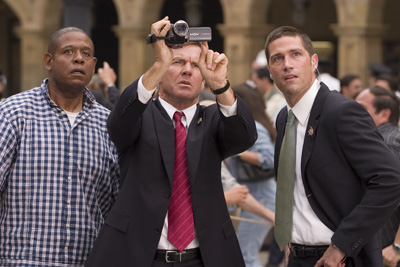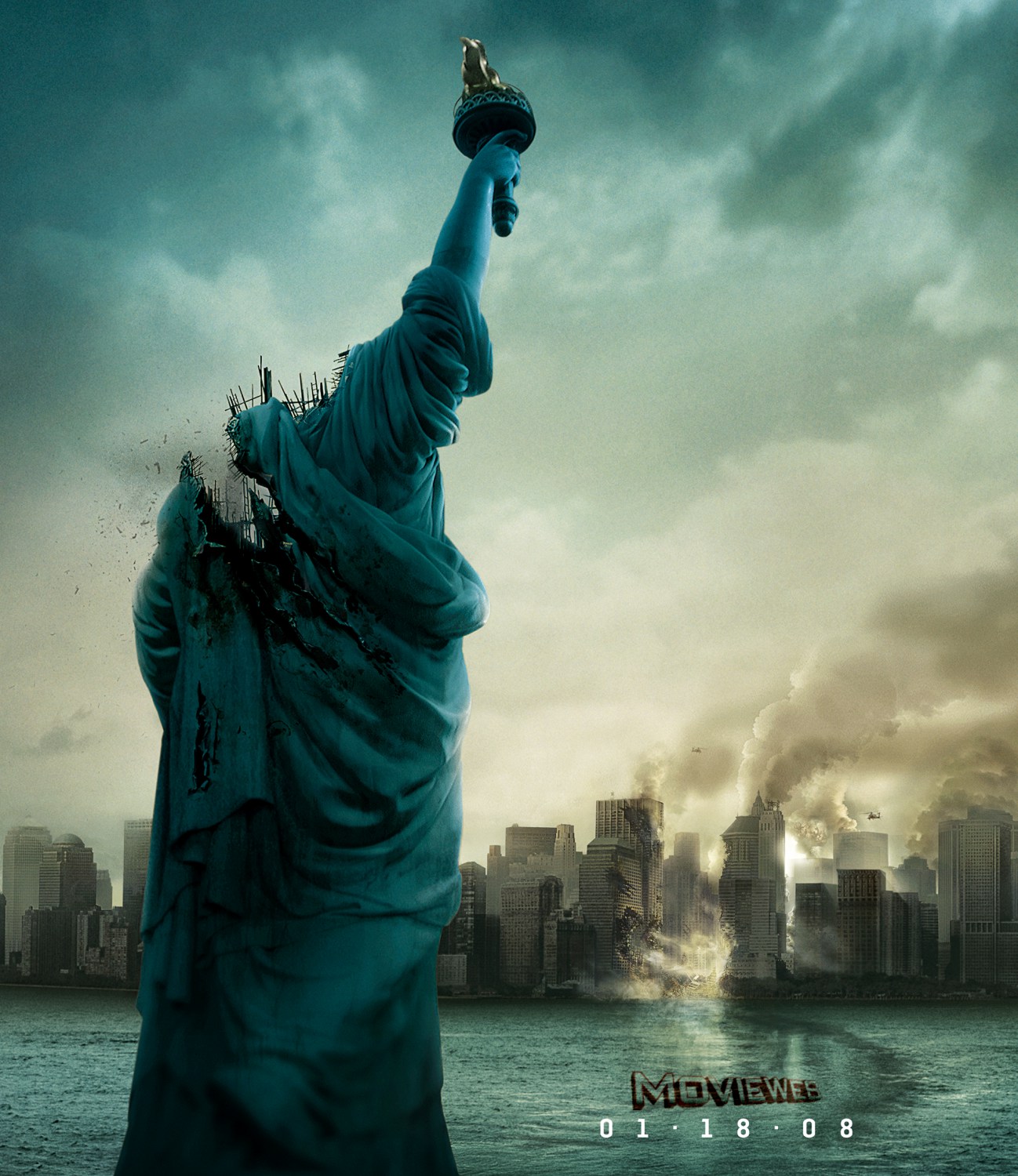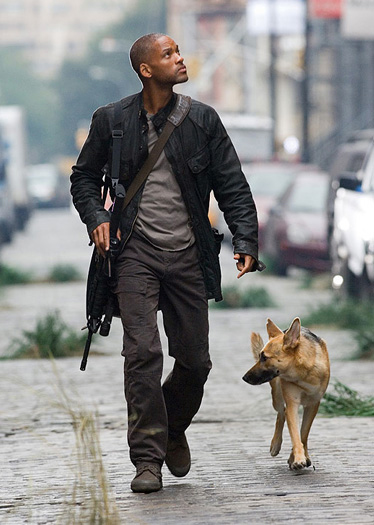Part of the appeal of Nancy Drew through the decades has been the way she has continually been updated while remaining essentially the same. The problem with this movie is that the updates are poorly chosen, awkwardly inserted, and inappropriate for its intended audience.
In the original books, Nancy’s mysteries were usually about lost lockets, secret codes, maybe a kidnapping or some attempted harm that Nancy was able to prevent just in time. In this film, the central puzzle is the murder of a film star, and the plot centers on an out-of-wedlock pregnancy kept secret even from the father. This is an incomprehensibly poor choice in a movie intended for children. It also a poor dramatic choice, undercutting the movie’s plot, tone, and style and throwing its story off-balance.
In the opening scene, Nancy (Emma Roberts) crisply captures a couple of bad guys (watch for “Saturday Night Live” alum Chris Kattan). They may think they have captured her, but she soon turns them over to the grateful local cops, who have come to rely on her for their toughest cases. But all of that is coming to an end. Nancy’s father (Tate Donovan) has to go to Los Angeles for several months on business and she is going with him. And after solving that last mystery had her dangling off a rooftop, Mr. Drew makes Nancy promise that she will take a break from crime and just be a normal high school girl in their new city.
She does not tell him she selected their new home because it had a mystery for her to solve. Many years ago, a beautiful and successful actress was murdered there and left some clues behind. And there is a caretaker who may know something as well.
All of this is much more important to Nancy than lesser mysteries like how to make friends in her new school. But that retro attire she whipped up from her mother’s old patterns pretty much acts as a classmate-repellent, so she has to find a way to make some friends who like her the way she is.
Roberts (daughter of Eric and niece of Julia) has a natural elegance, poise, and focus. She fits well in the role and she looks sweetly chic in her classic wardrobe. As in the books, Nancy is a clever, determined, and spunky detective who can be fascinated by crime and still have an air of innocence. When it comes to boyfriend Ned Nickerson (Max Thieriot), she is barely aware that he might feel anything more than friendship or expect her to make him a priority. This makes her focus on the illicit romance of a long-dead movie star all the more awkward. So is a possible jealousy subplot involving Ned and an annoyingly precocious 12-year-old named Corky (Josh Flitter). A surprise cameo from a big star is just a distraction, adding nothing to the sleuthing or new kid in school storylines.
Young detectives serve as inspiration and metaphor for children trying to puzzle out the mysteries of the adult world. Seeing someone their own age understand and explain what is going on to grown-ups is highly satisfying for children. But here the uncertain shifts in tone from sincerity to almost-camp and the inappropriate subject matter make the unsolvable mystery just who this movie’s audience was intended to be.
Parents should know that although handled in a low-key way, the themes of this film include murder and out of wedlock pregnancy. There are some scary moments, including what appears to be a ghost. Nancy also takes some risks and breaks some rules.
Families who see this movie should talk about why some of the other girls thought Nancy was strange and how that affected the way they treated her. How should we treat people who are different? What made them change their minds? Who in the film was jealous, and why? They might like to think about the changes Nancy has had to make over the years. Even in the constantly-reissued books, Nancy does not drive a blue roadster anymore. She uses the internet in her sleuthing. Vestiges of racial and gender stereotypes have been eliminated. What other changes do you think they have made or should make?
Families who enjoy this movie will also enjoy reading the books . Nancy Drew now appears at different ages in separate series designed for ages eight to early teens (with more mature material than the original series). She even appears in video games.
. Nancy Drew now appears at different ages in separate series designed for ages eight to early teens (with more mature material than the original series). She even appears in video games.
For more background on the history of Nancy Drew, try Girl Sleuth: Nancy Drew and the Women Who Created Her and Bobbie Ann Mason’s The Girl Sleuth
and Bobbie Ann Mason’s The Girl Sleuth . They will also enjoy Agent Cody Banks
. They will also enjoy Agent Cody Banks and an earlier version, The Original Nancy Drew Movie Mystery Collection
and an earlier version, The Original Nancy Drew Movie Mystery Collection , played by Bonita Granville.
, played by Bonita Granville.
 A gimmicky thriller without much of a gimmick or many thrills, “Vantage Point” suffers, too, from being out of synch with its time. Its premise may be current — an assassination attempt at an anti-terrorism summit — but its tone is off. A good thriller — or even a good episode of “Law and Order” — uncovers our underlying fears, recognizes that they are closely tied to curiosity, and pushes them to the point of pleasurable fear and cathartic release. This film clumsily builds on the headlines with a simplistic story that, even told in mosaic bits and pieces is obvious and clunky, with big logical gaps. It would be more intriguing to see the same story told several times from different perspectives, each one adding another layer of information, if the underlying story was worthwhile. But this story of a terrorist attack at an anti-terrorism summit, is too thin to withstand the repetition. Instead of making it deeper and more complex, the retellings get tiresome and overblown.
A gimmicky thriller without much of a gimmick or many thrills, “Vantage Point” suffers, too, from being out of synch with its time. Its premise may be current — an assassination attempt at an anti-terrorism summit — but its tone is off. A good thriller — or even a good episode of “Law and Order” — uncovers our underlying fears, recognizes that they are closely tied to curiosity, and pushes them to the point of pleasurable fear and cathartic release. This film clumsily builds on the headlines with a simplistic story that, even told in mosaic bits and pieces is obvious and clunky, with big logical gaps. It would be more intriguing to see the same story told several times from different perspectives, each one adding another layer of information, if the underlying story was worthwhile. But this story of a terrorist attack at an anti-terrorism summit, is too thin to withstand the repetition. Instead of making it deeper and more complex, the retellings get tiresome and overblown.
 Stories, especially movies, are usually linear and organized in part because stories are how we make sense of the world but mostly because of the limits of time. If we are only going to give two hours of our lives to a movie, we don’t have time for irrelevant details. But real life is messy. Patterns only emerge in retrospect. Part of the appeal of scary movies is that we know that it’s just a movie. Those dinosaurs in
Stories, especially movies, are usually linear and organized in part because stories are how we make sense of the world but mostly because of the limits of time. If we are only going to give two hours of our lives to a movie, we don’t have time for irrelevant details. But real life is messy. Patterns only emerge in retrospect. Part of the appeal of scary movies is that we know that it’s just a movie. Those dinosaurs in  Will Smith plays the last man on earth in this third movie based on Richard Matheson’s
Will Smith plays the last man on earth in this third movie based on Richard Matheson’s